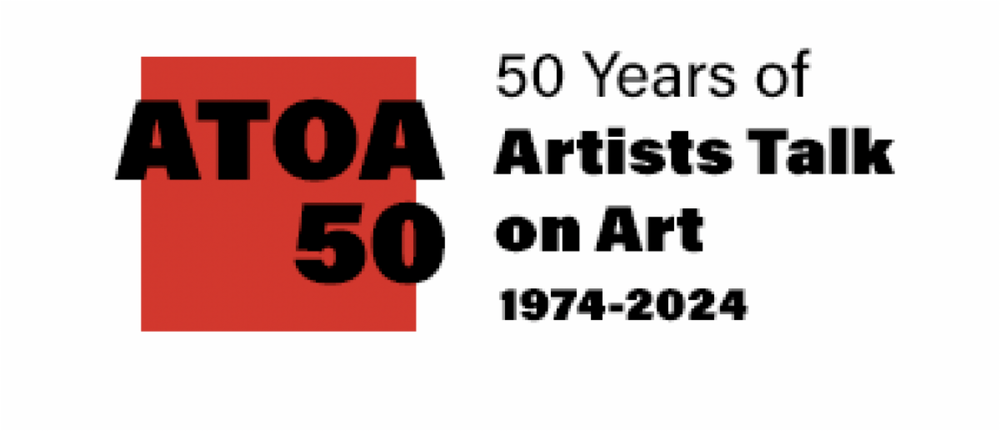This week’s screening, originally recorded on March 14, 2003, was moderated by Molly Barnes, with speakers Franz Friedrich, Sidney Geist, Burt Hasen, Jonah Kinigstein.
From 1946 to the early 1960s, a steady stream of primarily former soldiers took up the offer of the G. I. Bill to study at home or abroad. Many of them who were interested in studying art had their sights set on Paris as the ideal location. Some chose this city as a result of service in the European theater of war during World War Two, some were particularly attracted to specific teachers such as Ossip Zadkine or to prominent schools such as Academie Julian. In all, more than one million G. I. Bill students would actually come to Paris after the war, many would-be painters or writers, seeking fame in the city that had welcomed the Lost Generation—a model for many of the young students of the 1940s.Among the men were Norman Bluhm, Ed Clark, Sam Francis, Al Held, Paul Jenkins, Robert Breer Elsworth Kelly, Will Barnet, Kenneth Noland, Sal Romano, Leon Golub, Romare Beardon, Mark Tobey and Jack Youngerman. But, they weren't all men. A number of women used their rights to their husbands G. I. Bill funds and did so also. Among the women, Nancy Spero, Carmen Herrara, Kimber Smith, Claire Falkenstein and Joan Mitchell. In addition to the visual artists there were actors, dancers, writers, jazz and classical musicians, photographers and filmmakers.
More Information:
The Artist Talk on Art Legacy Series is a monthly featured screening of one of the historic talk programs, selected from ATOA’s Archives held at the Smithsonian Institute’s Archives of American Art.
Since 2016, ATOA’s historic archive of papers, photographs and over 800 recordings of panels and dialogs have been acquired by the Smithsonian Institution’s Archives of American Art in Washington, D. C. Please follow the link below to search the collection:

